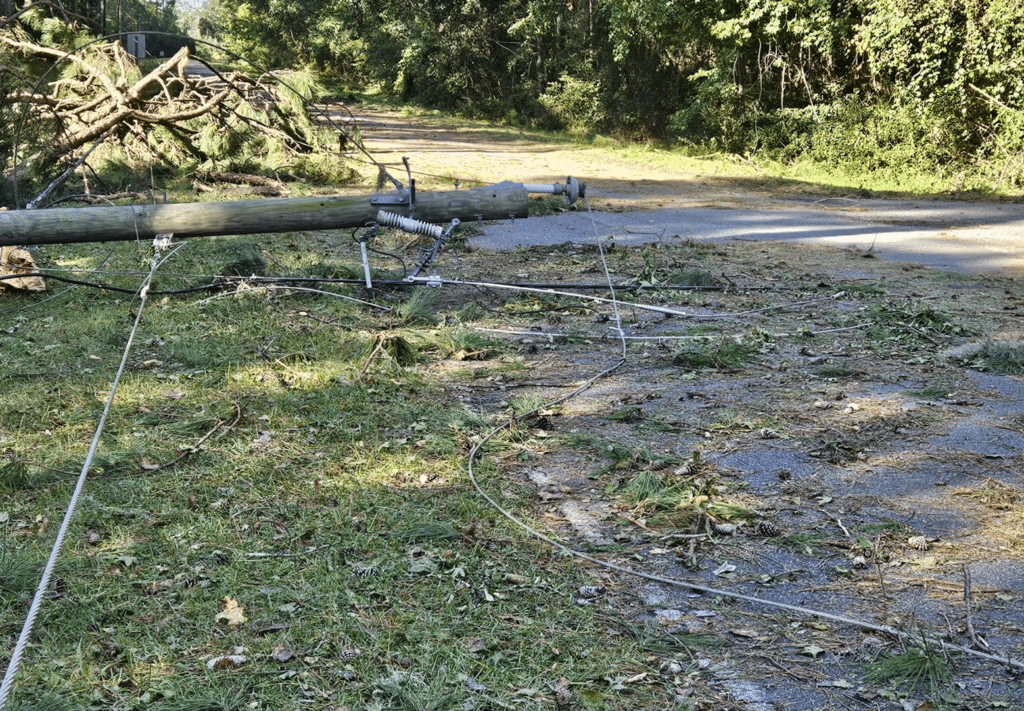This article is from the February 10, 2021, issue of Flip the Script, a weekly newsletter moving you from climate stress to clean energy action. Sign up here to get it in your inbox (and share the link with a friend).
We’re just weeks into this hopeful new chapter for the climate and clean energy movement. The winter of denial and self-destructive behavior is over, spring is (figuratively) here. On good days, we can feel the wind in our sails. On bad days, the necessary scope and speed of the energy transition still feels pretty daunting. Here’s an important truth nugget worth holding on to:
The pace of progress we’re seeing in energy today isn’t anything like last century’s progress.
Clean energy tech is moving fast. It turns out that harvesting unlimited, ubiquitous energy sources like sunshine and wind enables you to progress more at the exponential pace that Moore’s law and Wright’s law predict. We’re talking about the rate of growth that computers and genetics saw in the latter half of last century. We’re now entering new frontiers that were unimaginable even a decade ago.
Here’s a sampling of a few of the game-changing innovations coming down the pipe. In the words of Samuel L. Jackson’s timeless Jurassic Park character, “hold on to your butts.”

Wind mega-machines and robotic helpers
The future of wind power is increasingly offshore, where there’s plenty of space to harness the strong, steady breezes that sweep across our oceans and bays. Industry players are ramping up their game, producing new wind turbines that are bigger and more powerful than ever before. In Europe, GE is currently testing the largest offshore turbine ever built, the Haliade-X, with a turning diameter longer than two football fields and a height that’s taller than most buildings. The turbines are being built out of carbon fiber and glass fiber, a combination that makes them lightweight but still strong and flexible.
These mega-machines can pump out unimaginable power. A single turbine alone will have a generating capacity of 13 megawatts, making it about a third more powerful than the largest turbines now available commercially (and 30 times more powerful than the first offshore turbines installed off Denmark in the early 1990s).
In Europe, GE is currently testing the largest offshore turbine ever built, the Haliade-X, with a turning diameter longer than two football fields.
To put this in context, a single Haliade-X unit can generate enough energy to light up around 12,000 homes, and a large array of the turbines could potentially power an entire city. According to one analyst, the turbine’s size and advance sales have “shaken the industry.” Already GE has signed contracts to use the machines in projects off New Jersey and Massachusetts.
Also helping to propel the offshore wind industry are smaller but equally mind-blowing technologies like the new “BladeBUG” robot, which will make it safer and cheaper to maintain turbines that are located out at sea in choppy and unpredictable conditions. The robot, which has been described as “a suitcase that sprouted six legs with suction cup feet,” can be carried by drone to a turbine, where it crawls over the tower and blades and uses sensors to detect (and in some cases repair) issues with the machine’s efficiency. BladeBUG is undergoing commercial trials and is expected to hit the market in 2022. (Sounds like the sentinel robots from the Matrix, but on the good team).
-

Yes, they’re floating on water
Floating solar islands and hyper-efficient panels
Imagine solar panels on water producing energy and freeing up limited (and often costly) space on land. It’s already happening: More than 60 countries are actively pursuing floating solar photovoltaics (PV) in reservoirs and oceans, and other water bodies. Analysts call it “the third pillar” of solar after ground-mounted and rooftop PV. Although the first floating PV system was installed in Japan in 2007, recent innovations have made the technology more viable, including more durable platforms and new hybrid systems combining floating PV with hydropower dams.
The potential applications of floating PV go beyond just supplying power to homes and industries on shore. Developers are considering new models for using the electricity generated from the systems to support ocean-based activities like offshore fish farming, ocean observation, water desalination, and disaster recovery efforts. In Thailand, proposals to combine maritime fish and shrimp farms with floating PV systems would replace the polluting diesel generators. Floating solar PV has the potential to be more efficient than land-based solar panels because the cooling effect of water and wind can lead to increased energy yield.
Other efficiency breakthroughs are also coming down the PV pipeline. Today’s solar panels, while modern marvels in their own right, only convert around 15-20 percent of the sun’s energy that falls on them into electricity (essentially just the “red” part of the light spectrum). But developers are now working to realize greater efficiency by also tapping into “blue” wavelengths, which can increase the overall conversion efficiency to 30-40 percent. The panels are currently entering production and could be available for use on consumer rooftops within the next few years.
Needless to say, with so much amazing tech coming our way, it’s hard not be optimistic about clean energy in 2021. And increasingly, we have both the political leadership and the business support to make it happen. In a recent opinion piece, the BBC’s Tom Heap mused that “applied human intelligence is the vaccine against climate change.” As we continue to harness our insatiable capacity for progress and innovation, we can look forward to the day when we are all inoculated from the ills of fossil fuels.















